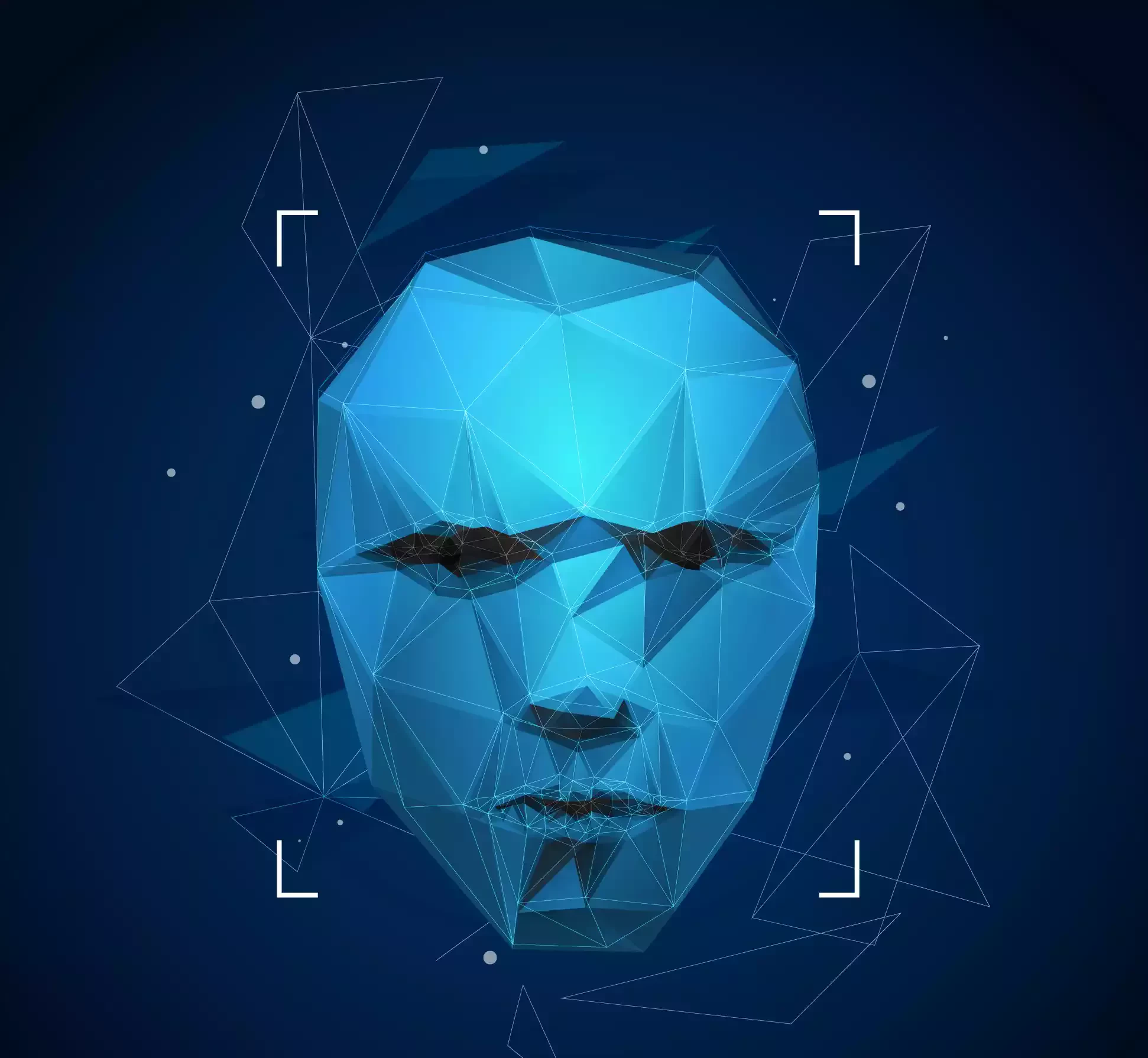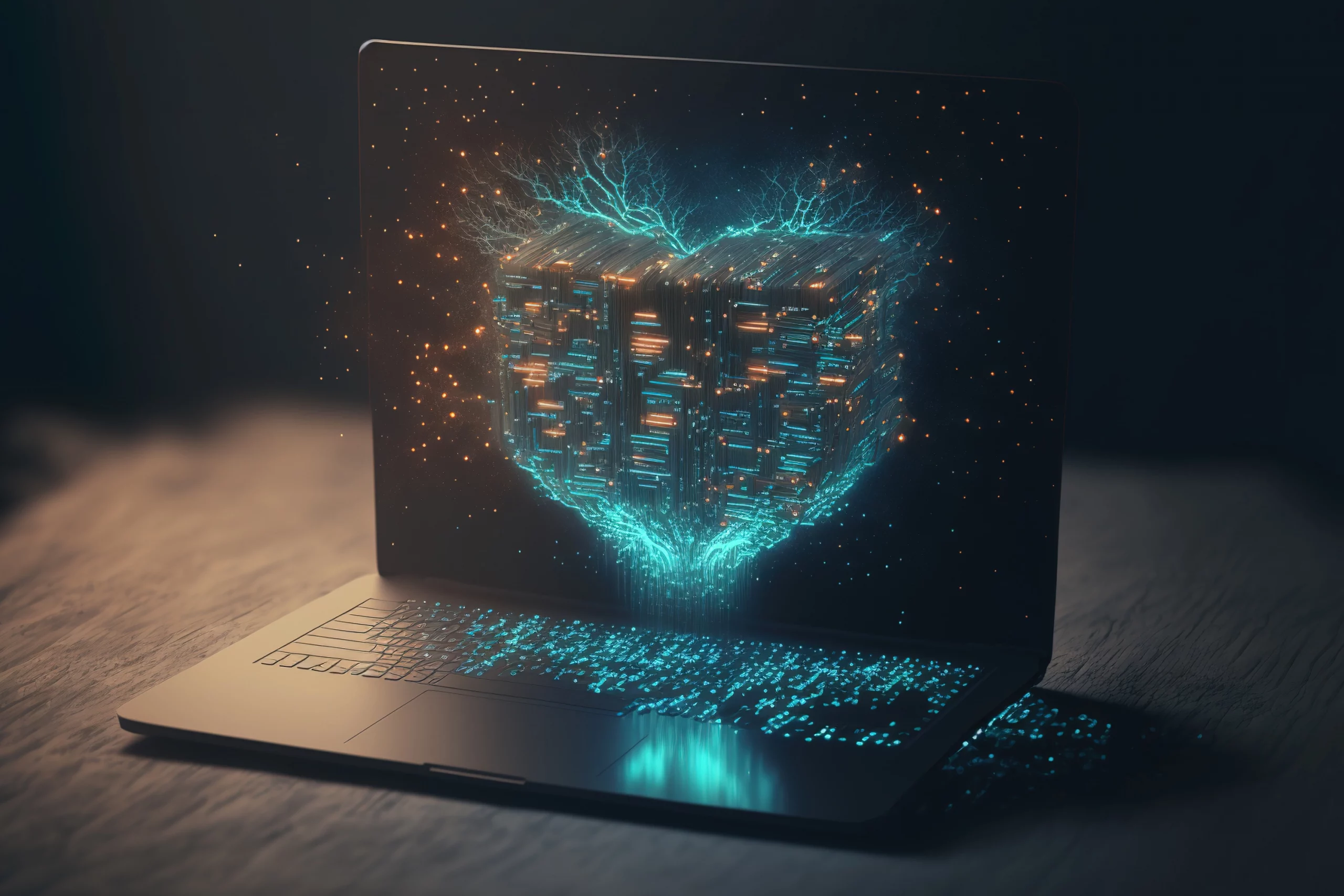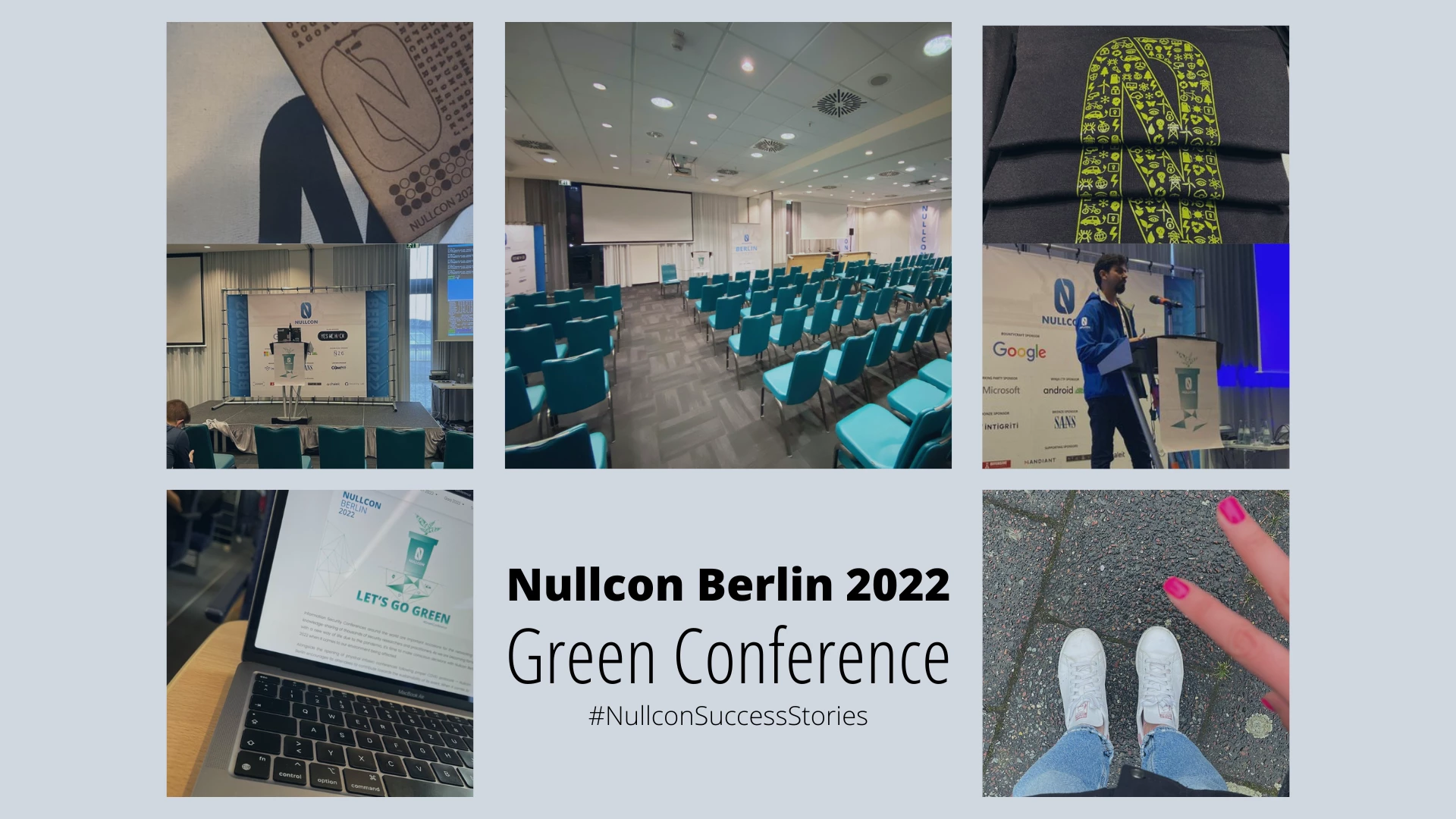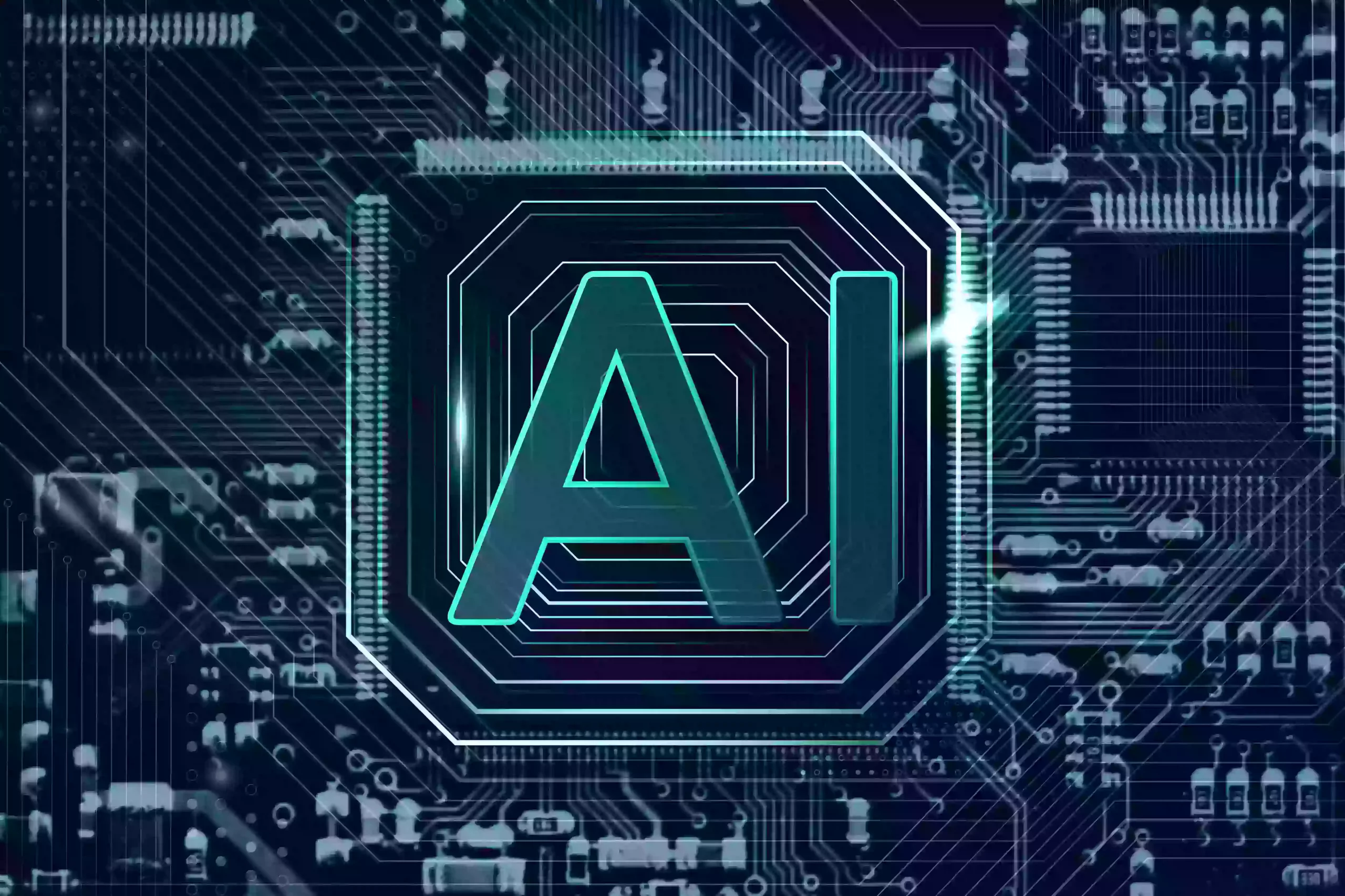In my last blog, I talked about AI/ML from the perspective of a non-techie. In this one, I will be talking about deepfakes. Let’s start with a simple explanation of them.
Did you see that video where Nancy Pelosi seemed to slur her speech? Or the one where Bill Hader morphed into Seth Rogen and Tom Cruise? President Nixon giving a speech about the Apollo 11 moon landing where all the astronauts died?
If you have seen these videos, you must know how dangerous deepfake technology can be. The term ‘deepfake’ was coined by a Reddit user, in December 2017, when they used AI to paste faces of celebrities onto pornographic videos. Deepfake can be described as fake audios or videos that look and sound like the real thing.
This has some implications on the society when we are at a juncture where objective truth is not too easy to define due to the increase in faked evidence. Although this technology might be a bit hard to understand, they are highly convincing and can have terrifying consequences. On top of that, there are political incriminations of creating fake videos of politicians.
Now, coming to how deepfakes are actually made. Let me assure you that this is an extremely boring process. They are made using a deep learning architecture – Generative Adversarial Network (GAN). This GAN eats an enormous amount of data, and then learns to generate new samples that look like the real audio or video; this process is known as training.
This is probably getting quite hard to understand. Allow me to provide an example to explain this better. Let’s say that Mr. X and Mr. Y are public figures, and thus, have numerous images for reference. Now, an auto-encoder is assigned to both. This auto-encoder encodes images into lowe-dimensional feature maps and then reconstructs into the original image with a decoder.
It should be noted that the parameters required to train the model include lighting, skin tone, facial expression, and angle. Once the model is trained, a subject can be constructed that can perform similar facial configurations.
What makes deepfakes so popular and dangerous? It is the fact that the technology is easily available to everyone. Online, one can get open-source programs free of cost. You can use a wide range of available videos as input. And, as the cherry on the cake, you don’t need a high-end computer to generate a deepfake.
According to Joseph Anthony, Ceo of Hero Group, “The rise of deepfakes on social media is a series of cascading issues that will have real consequences around our concept of freedom of speech.” When the truth is manipulated in case of important decisions and matters, the stakes get high. The deepfake videos that get viral destroy the credibility of celebrities, brands, and politicians. Moreover, they could also cause harm to society by impacting global policy efforts or stock prices. Once it leaves the goofing territory, it enters the malicious and manipulative territories.
Now, how can we detect deepfakes?
I will list here some of the existing techniques that can be used to detect these fake videos.
Visual Inspection
This includes:
- Clip length: Due to the time and research-consuming nature of deepfakes, the samples tend to be shorter in length. If the content seems questionable and is shared without a context, chances are it might be fake.
- Oral details: GAN combinations are yet to perfect the modeling of teeth and oral orifices, resulting in misshapen samples.
- Facial asymmetry: You may find facial asymmetry in static composites constructed through GAN.
Proactive Authentication
This is a somewhat radical approach, which uses more information to counter misinformation. The information is used to enforce the validation of data during the creation of it. “Point-of-origin-based authentication approaches have been proposed, including image-based internal hash-based metadata as well as blockchain-based content validation.”
On top of these methods, there is a tool – Amber Authenticate – that runs in the background as a video is captured. The user gets to determine the intervals and during those intervals, this tool generates scrambled copies of the data. These representations now get recorded on a public blockchain. Now, if you run the same video through the algorithm again, the data will be different and you can check for yourself if the video has been manipulated.
Although deepfakes are dangerous, they are not a morbid incident. The propagation of deepfakes through social media has made people particularly vulnerable. Currently, the technology is fear-based, whereas it is just hyper-realistic. Deepfakes can be used to bring innovations in the market and we should not just dismiss the technology as malicious. We should look into the beneficial prospects and take responsibility.
– Written by Sayantika Sanyal for Nullcon




